Traveling with carseats is often a necessity with little ones but it can also be really frustrating to figure out which carseats for travel work best, as well as how to transport them. I get lots of questions about them: Should we take carseats when we travel? Should we fly with carseats? Or should we rent car seats? Do we need to take carseats for travel if we’re not driving at our destination? Which carseats should we take when traveling, and should we check them in with our luggage or gate check them?
There are many, MANY opinions about traveling with a carseat. This definitely isn’t the best or only way to handle carseats when traveling, but hopefully sharing what has worked for our family when traveling with 6 kiddos over the last 15 years will help you decide what may work for you, too.
This first part in our series on Travel Carseats will talk about if you should take your own carseat for travel, what travel carseat to take, and if you should take your travel carseat on an airplane.
Be sure to continue on to read Part 2/3 on the logistics of traveling with a carseat, and Part 3/3 on how to check a car seat when flying!
This post on whether to take your own travel carseat contains affiliate links, but all opinions are 100% my own. That means I earn a small commission if you purchase through my link, but doesn’t increase your price. Thank you for supporting this blog!
Table of Contents
Should I Take My Own Carseat for Travel?
If we’ll be doing any driving or riding in a car at a travel destination, our family always travels with our own carseats. There are some instances in which we do not need a carseat at our destination (like if we’re exclusively taking public transportation). In those cases, we typically choose to not bring a travel carseat just for the flight. (More info on flying with carseats below – and sometimes even if we’re not using it at our destination but we have a long flight, we may opt to bring one for better sleeping on the plane for a kiddo with a purchased seat.)
If we know we’ll be in a car, we always bring our own carseats for travel. Here are some of the pros and cons of bringing your own car seats versus renting a carseat from a car rental agency or another service:
Pros of Bringing Your Own Carseat for Travel
The biggest pro of bringing your own seat is that you can be certain of the size and condition of your travel car seat. Once, we had flown to New Zealand our luggage was delayed – including our checked infant car seat. The airline had a couple of loaner car seats, but they were all way too big for our kiddo (they were all boosters instead of 5-point harnesses). We called the rental car company, and they, too, did not have the correct car seat for our young toddler.
Since we didn’t have another choice, we made the short drive to our accommodations until the airline returned our luggage to us. We were so grateful to have our car seat back before starting on our week-long South Island road trip! Ever since, we’ve always carried our car seats on board the aircraft (it’s safest for the child if you use your car seat on board, too!). When we do choose to fly with a lap infant, we carry the infant seat with us and always ask if there are any extra seats on the plane that we can be seated next to so we can use our infant car seat on an airplane. If that doesn’t work, we carry it on board and try to stow it in the overhead compartment. If the airline doesn’t allow that, then we’ll gate check it and ask for it to be returned to us at the gate – it usually gets jiggled around less and is less likely to get lost.
While many rental car agencies will rent car seats, I’ve heard of many families who have had similar issues with size and condition of the seat. Even with a confirmed reservation for a car seat, many people have showed up to seats that are the wrong size or nonexistent. This can be really dangerous if you’re planning on driving.
On top of that, rental car seats are often dirty, worn, or even expired. They also may have been in an accident or compromised in some other way of which you (or even the rental company) are not aware. Finally, they’re not cheap – rental car agencies often charge $7-15/day for a seat. That adds up quickly – it could easily be over $100 for a week-long rental.
For all these reasons, I always strongly recommend bringing your own car seats for travel whenever possible. If that’s not possible, I suggest looking into an inexpensive car seat to purchase on arrival, which you can later donate.
Cons of Bringing Your Own Carseat for Travel
The most obvious downside to bringing your own car seat is the hassle – car seats are a pain to carry! They’re often bulky, heavy, and uncomfortable to transport, especially when also managing little ones. For years, we used an inexpensive car seat luggage strap to attach the seat to a rolling suitcase, which makes it much easier to get it through the airport. We also love looping an infant car seat handle over a rolling suitcase for easy transport! Nowadays, with a convertible car seat, we usually attach it to a backpack with carabiners for easy transport.
Additionally, bringing your own car seat risks damaging your seat. Even if the outside looks intact upon arrival, internal damage is a possibility, making the seat less safe. You can avoid this risk by bringing your travel carseat on board instead of checking it in with luggage, but that can make moving through the airport a bit trickier.
Why We Choose To Bring Our Own Carseat for Travel
For us, it’s not worth the risk of a dirty/incorrectly-sized seat so we choose to bring our own. It saves us money and gives us peace of mind knowing we have the correct restraints for our children.
It sometimes a bit of a hassle, but we’ve found a few tricks to minimize the inconvenience of traveling with car seats (keep reading below!). Additionally, we’ve purchased a separate set of inexpensive carseats for travel. We always inspect them for external damage, and only use the seats for travel thereafter.
It’s not a perfect system, but it’s one that has worked for us and with which we feel comfortable.
Should I Buy a Separate Carseat for Travel?
If you are traveling with a car seat, you might be wondering if your everyday car seat is suitable for travel. While I know many people who take their regular car seats along when they travel, here are the reasons we purchased and travel with different car seats for travel:
Safety of Having a Carseat for Travel
The primary reason we have separate car seats for travel is for safety. As I mentioned previously, if you choose to check your car seat into the luggage hold, you risk damage to your car seat. Even if the exterior looks fine, internal damage is still a possibility (although not SUPER likely). Because of this, we prefer to have seats set aside specifically for travel to minimize risk outside of travel times.
Of course, this means that we’re using these same travel car seats each time we take a trip since we’re not interested in purchasing new seats every time we travel. Still, we figure we’d rather assume that lesser risk just for travel times than risk with using those seats all the time.
Convenience of Having a Carseat for Travel
Our normal seats are relatively cushy and have a few (but not tons) bells and whistles. When we travel, however, we just want something that is safe and as convenient as possible to use and transport. It’s obviously never totally convenient having a carseat for travel, but I’d prefer to have an option that minimizes the hassle.
We prefer a lightweight travel carseat for travel to make it as easy as possible to get around. Our normal seats, with the extra cushion/features are a bit heavier than a bare bones lightweight travel carseat. While these seats are often still very safe, they just may not be quite as comfortable as our everyday car seats. We’d rather have a separate lightweight carseat for travel, and then come home to our cushier seats.
Cleanliness of Having a Carseat for Travel
We’ve arrived back home after midnight a few times with a VERY dirty carseat for travel. Anyone who has ever washed a car seat cover knows what a gigantic pain it is, and we definitely have no interest in doing it right at that moment. It’s nice to have a little extra time to get everything clean without needing to use that carseat for travel right away in your vehicle at home.
Which Carseats to Take for Travel: The Best Travel Car Seats for Every Age
We’ve flown on literally hundreds of flights with our kiddos and have gone through a number of different travel car seats and child restraints with 6 different children.
When choosing a carseat for travel, my three primary considerations are SAFETY, CONVENIENCE, and COST. I want a seat that’s going to be as light and convenient to carry as possible (but still safe). Lugging car seats is inherently annoying, so I want to minimize that annoyance as much as possible.
Since we also purchase separate carseats for travel (see above), I want a seat that’s going to be relatively inexpensive. These two factors mean that our travel carseats aren’t always the cushiest and they don’t have tons of extras. For us, that’s worth the tradeoff – and my kids haven’t seemed to mind.
These are our personal favorites car seats for travel for every age:
Infant Car Seats for Travel (Age 0-24 months)
As long as our babies fit in an infant car seat for travel, we stick with that. Since we have small babies, this range for us is typically from 0-24 months. It may be shorter or longer for you depending on your baby’s size and your seat specifications.
Since they have a handle, they’re so much easier to carry or hook onto a stroller than a convertible car seat. They also tend to be lighter and fit better on top of a stroller or luggage, and often even fit in the overhead compartment of an airplane. We never travel with the base of our infant car seat and instead secure them using the seat belt.
THIS is the infant carseat we personally take along. It’s fairly lightweight and convenient and works great for early months. It also nests nicely in an umbrella stroller and allows us to put other stuff in it to wheel along (though never do this with a kid in the car seat or in the stroller, of course).
Favorite Infant Car Seat For Travel Available on: Amazon, Target, Walmart
Convertible Car Seats for Travel (Age 12 months – 4 years)
Once our babies outgrow the infant carseat for travel, we transition to a convertible carseat. We typically use the convertible car seat for travel for about 2 years, until 3/3.5 years old.
The Cosco Scenera has been our go to for more than a decade (we used the old model before this one came out!). It’s definitely not a fancy or cushy seat, but it’s perfectly safe and super lightweight and fits well even in narrow cars, making it great for travel. It’s also FAA-certified for use on aircraft.
While not convertible (it cannot rear face), the Wayb Pico is another option for kids who are at least 22 lbs and 30 inches tall (although the manufacturer recommends kids are at least 2+ years old). While we haven’t personally tested this option, here’s a great Wayb Pico review from a Child Passenger Safety Technician as well as a few traveling moms.
Booster Restraint Vest (Age 2.5 years – 6 years)
Sometimes we have a child who is isn’t quite old/big enough for a booster seat, but we’d rather not travel with a full convertible travel car seat. Or sometimes the child is technically old enough for a travel booster seat but is still a bit on the small side.
In those cases, we really like using the RideSafer booster vest. (That link should give you $10 off.) Most travel booster seats (and regular booster seats) are safety tested down to 4 years and 40 pounds. This restraint, however, is tested down to 2 years and 22 pounds!
As I mentioned above, we personally still wait until our kids are about 3/3.5, when they’re a bit more mature and comfortably within the weight minimums and have a bit more maturity and are less likely to nap in the car.
This vest has been a great option, especially for our lightweight kiddos. It’s super lightweight and packable, and also great for kids who have moved beyond a 5-point harness but still aren’t quite mature enough to sit properly (especially for an extended time) with just a booster. (Excellent review of the vest here, and booster is also available for purchase on Amazon, though if you can purchase directly, I recommend it. It’s a small family business with lovely and super helpful owners who are both CPSTs themselves, so reach out with any questions!)
Booster Seats for Travel (Age 4 years – 10 years)
You’re probably starting to see a theme that we prefer to pack as light as possible (find our FAMILY PACKING LIST HERE). We like to take whatever is most lightweight and convenient, while still prioritizing safety. Booster seats for travel are no different for us.
We typically transition away from the travel vest and to a more traditional booster seat when our kids are between 5-6 years old. When we transition depends on how big the child is, and how capable he/she is of sitting correctly in a booster seat. A booster requires the child to remain upright and to not wiggle too much, so we like to make sure they’re ready before we transition.
Our very favorite lightweight travel booster seat only weighs a pound and is super compact. My kids are able to install and buckle it completely on their own and have had no issues with the fit and function. I love that it’s so compact and lightweight, which makes it perfect for travel! Here’s a great review of it.
Other Travel Restraint Options
Remember that a travel booster seat will only be useful at your destination – booster seats are not allowed on aircraft. If you would like some sort of restraint for your child on an airplane (that isn’t a car seat), consider this harness. It turns any airplane seat belt into a 5-point harness, but is much more compact than a travel carseat. It’s definitely worth considering once a child has reached the 22-pound weight minimum.
When Do We take a Carseat for Travel? Do We Ever Leave the Carseat Behind?
In general, if we we will be in moving vehicles, we do our best to bring our travel carseats along for all of the reasons stated above. This includes renting a car or hiring a driver. Of course, when road tripping in our own car, we take along our everyday child restraints. When traveling further afield, we use the options listed above.
However, sometimes it just doesn’t work. For instance, when we traveled to India with kids, we rode around in a lot of rickshaws / tuk tuks, which most definitely do not have seatbelts (or any place to put a car seat). This was a time when we chose not to travel with car seats.
Of course, it’s not a perfect system. But for us, we wanted to immerse ourselves as much as possible in the ways of life in those countries. Because we generally were moving fairly slowly and because it was such a ubiquitous mode of transportation, we personally opted to participate. You’ll have to decide on your own what feels comfortable in terms of travel risk tolerance!
Finally, we do not use carseats for travel on buses, trains, or other large vehicles. These tend to have a great deal more protection, and child restraints generally aren’t required when riding them. We will occasionally still bring a carseat for travel if we have a baby or toddler that needs to sleep or will be more comfortable when restrained, as this gives us somewhere to set the baby down.
CONTINUE READING TRAVEL CARSEATS PART 2: TRAVELING WITH A CARSEAT: TIPS & TRICKS
CONTINUE READING TRAVEL CARSEATS PART 3: HOW TO CHECK A CAR SEAT
Conclusion: Carseat for Travel
Are you overwhelmed yet? Ha. There’s so much info and so much to consider when it comes to travel carseats! I hope this has helped you come to an informed and confident decision on how to handle carseats for travel as you explore the world with your little ones. And I’d love to hear what has worked and not worked for you!
IF YOU LIKED THIS POST ABOUT CHOOSING A CARSEAT FOR TRAVEL, YOU MIGHT LIKE THESE POSTS, TOO:
- Travel Carseats Part 2: Traveling with a Carseat
- Travel Carseats Part 3: How to Check a Car Seat
- Ultimate Family Packing List
- 15 Best Travel Accessories for Kids
- 6 Tips for Preparing to Travel with a Baby



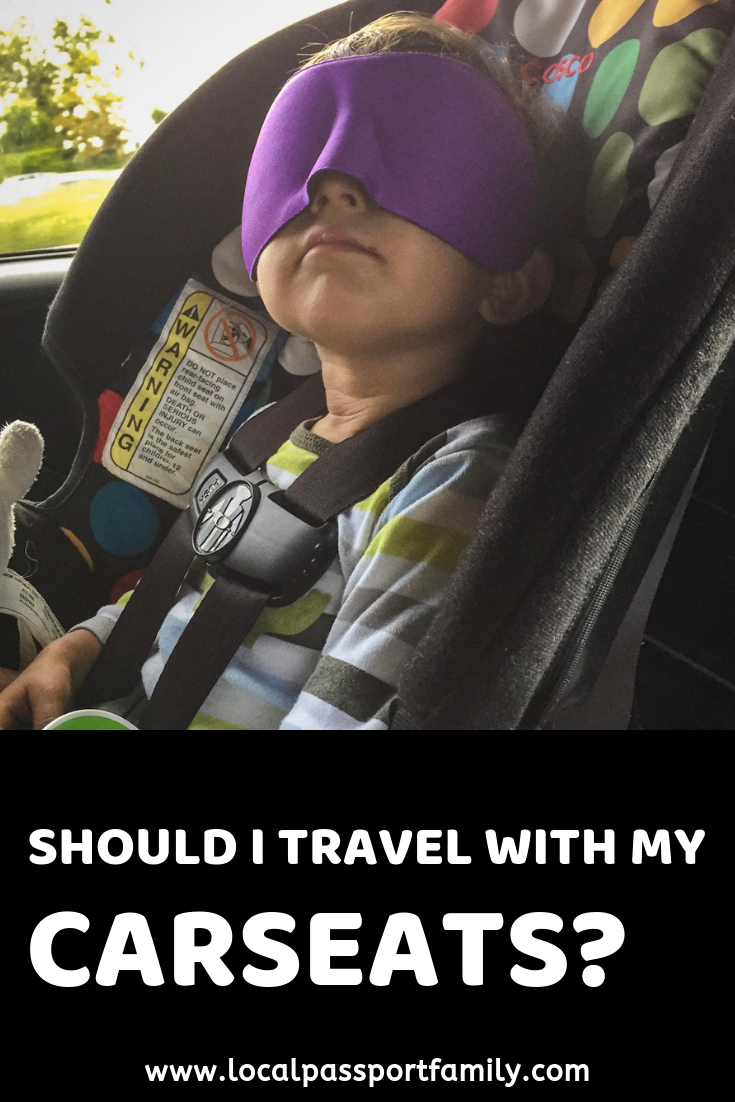

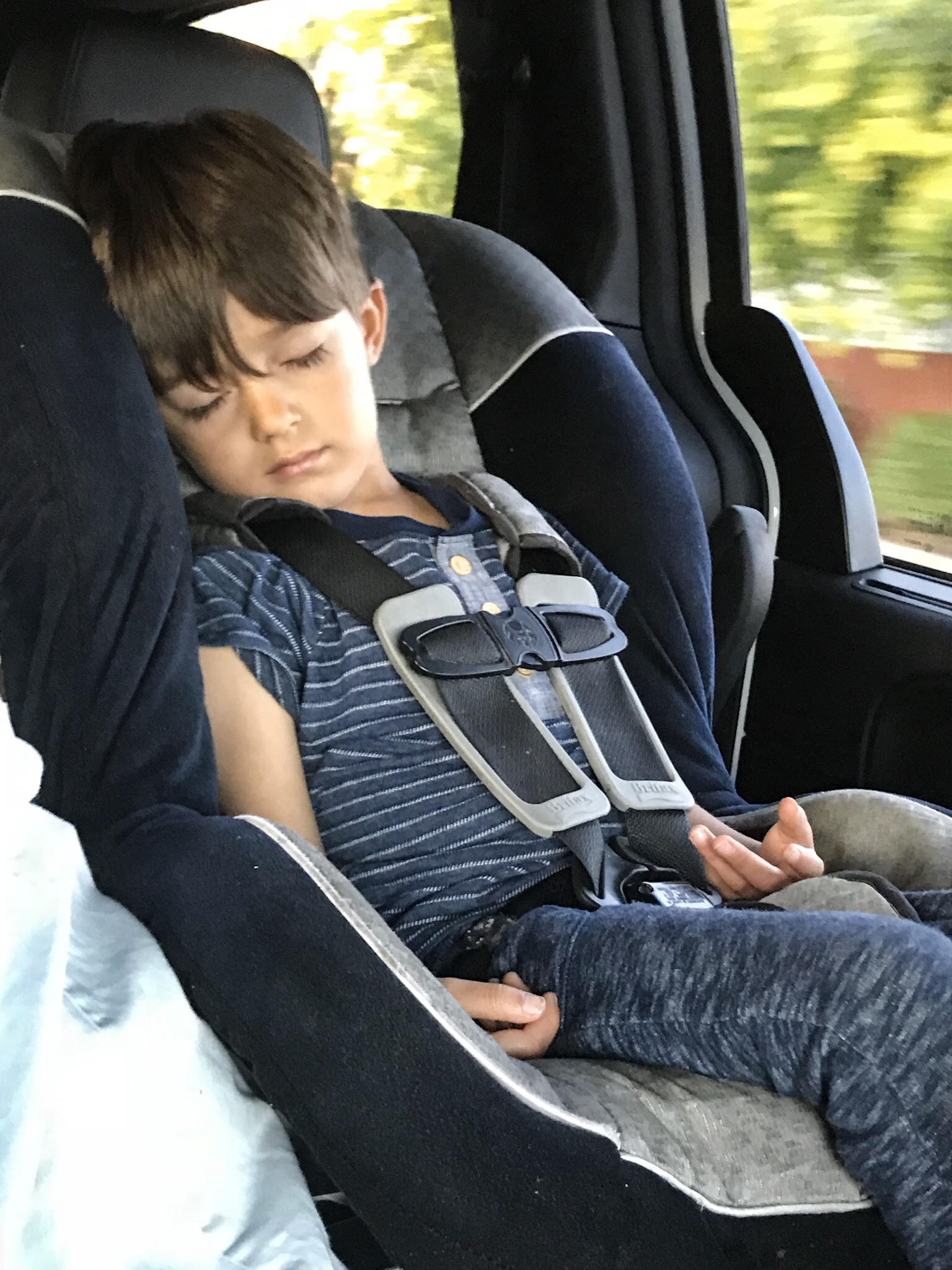
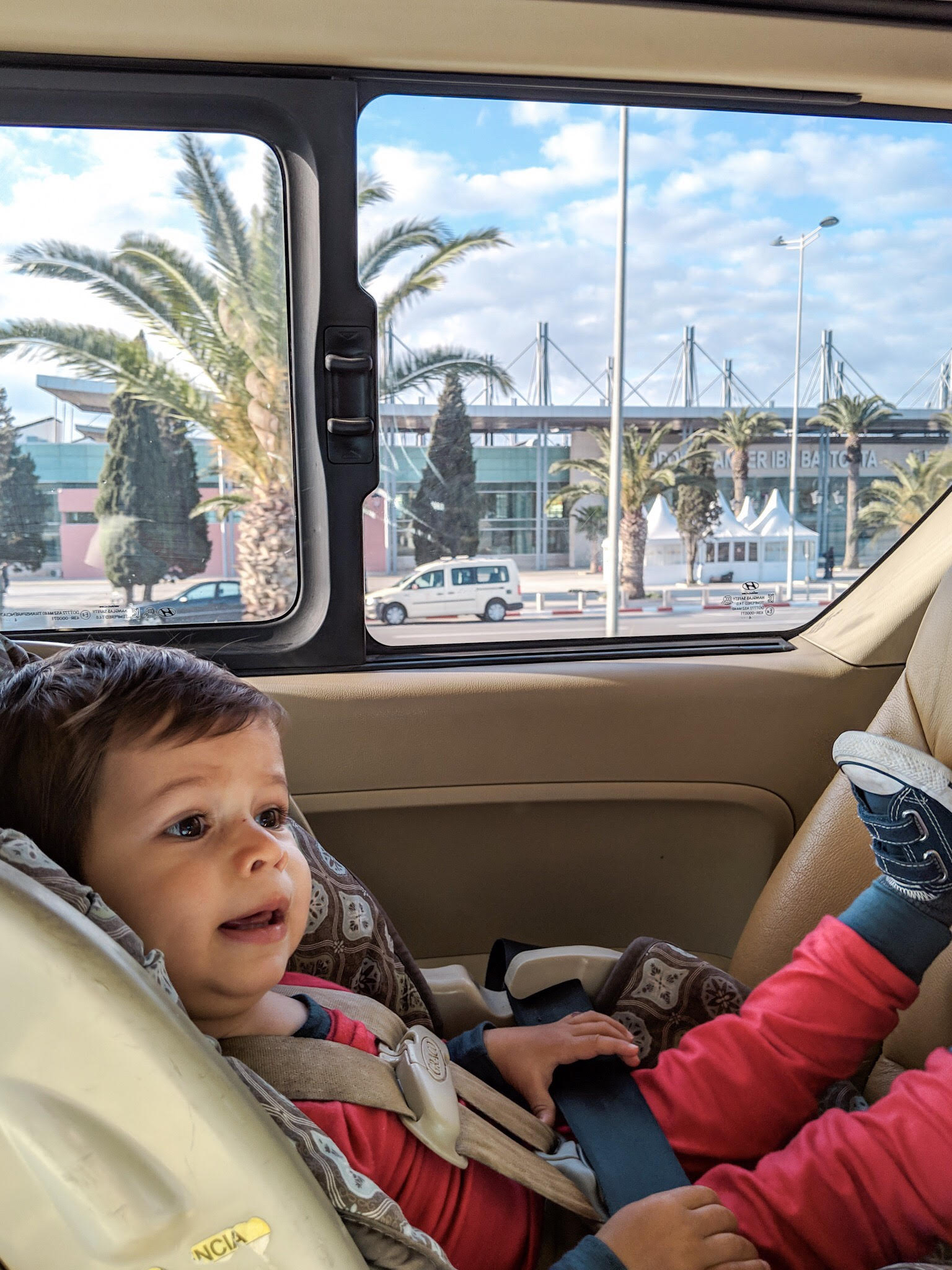
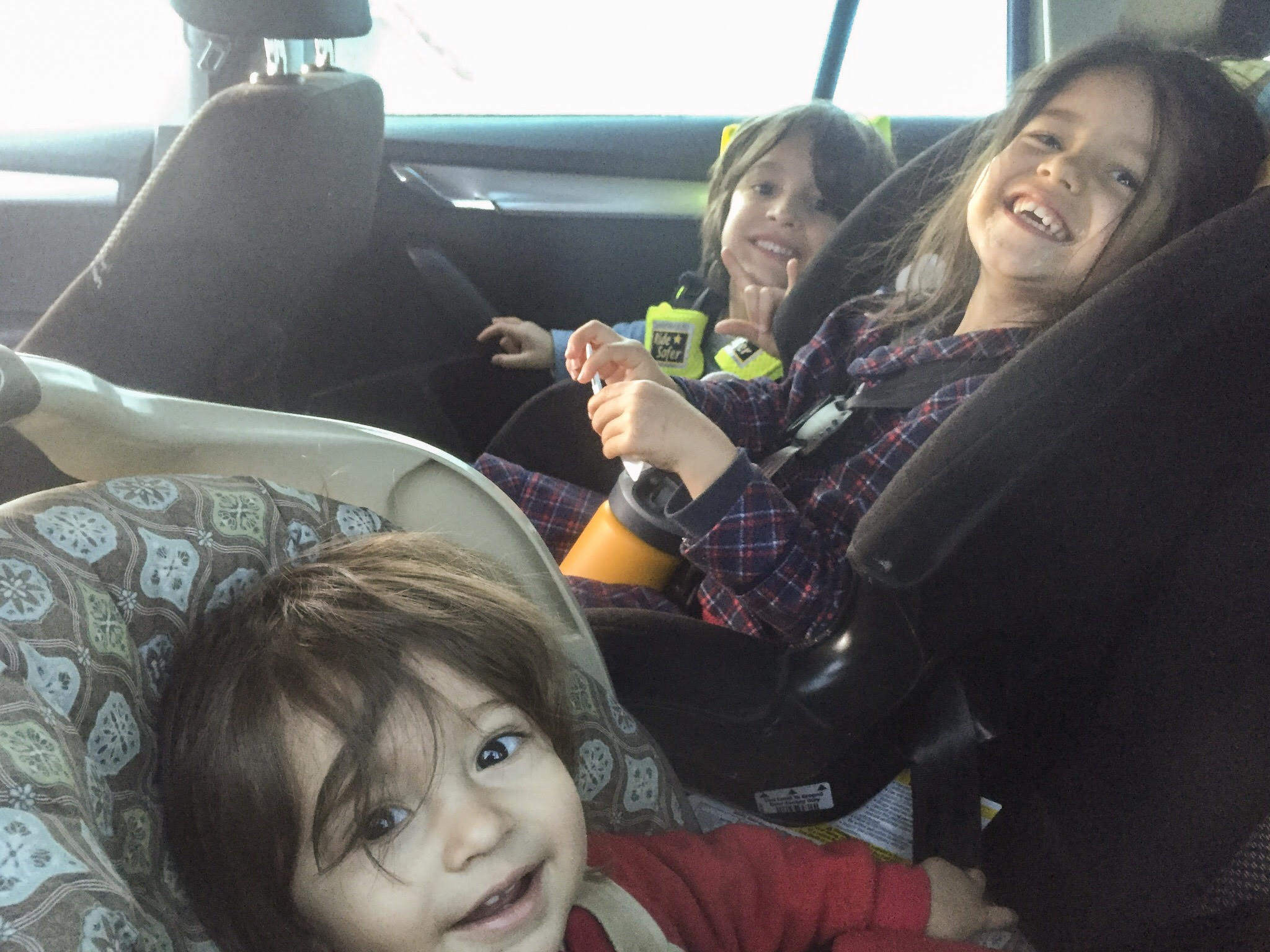
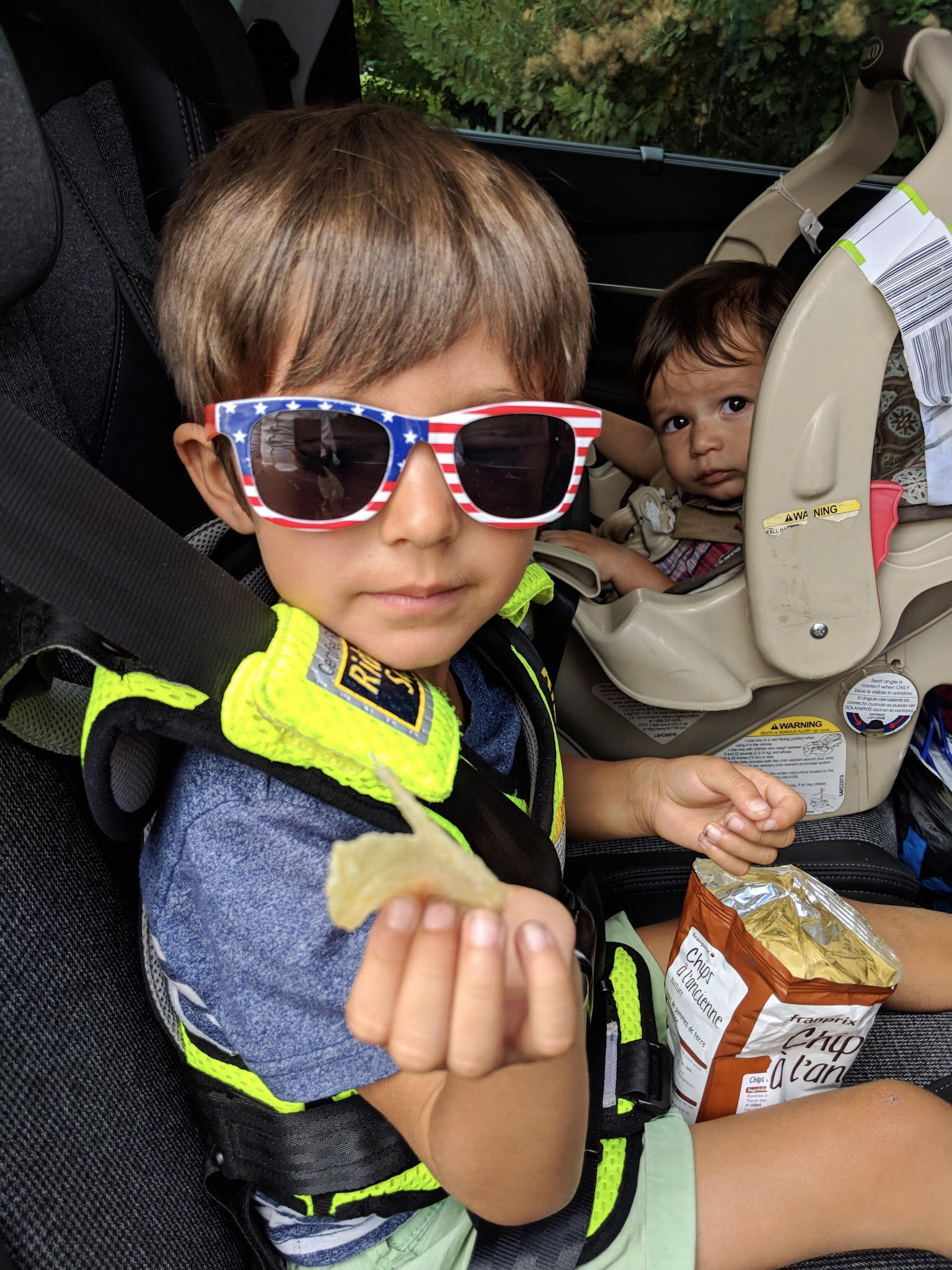
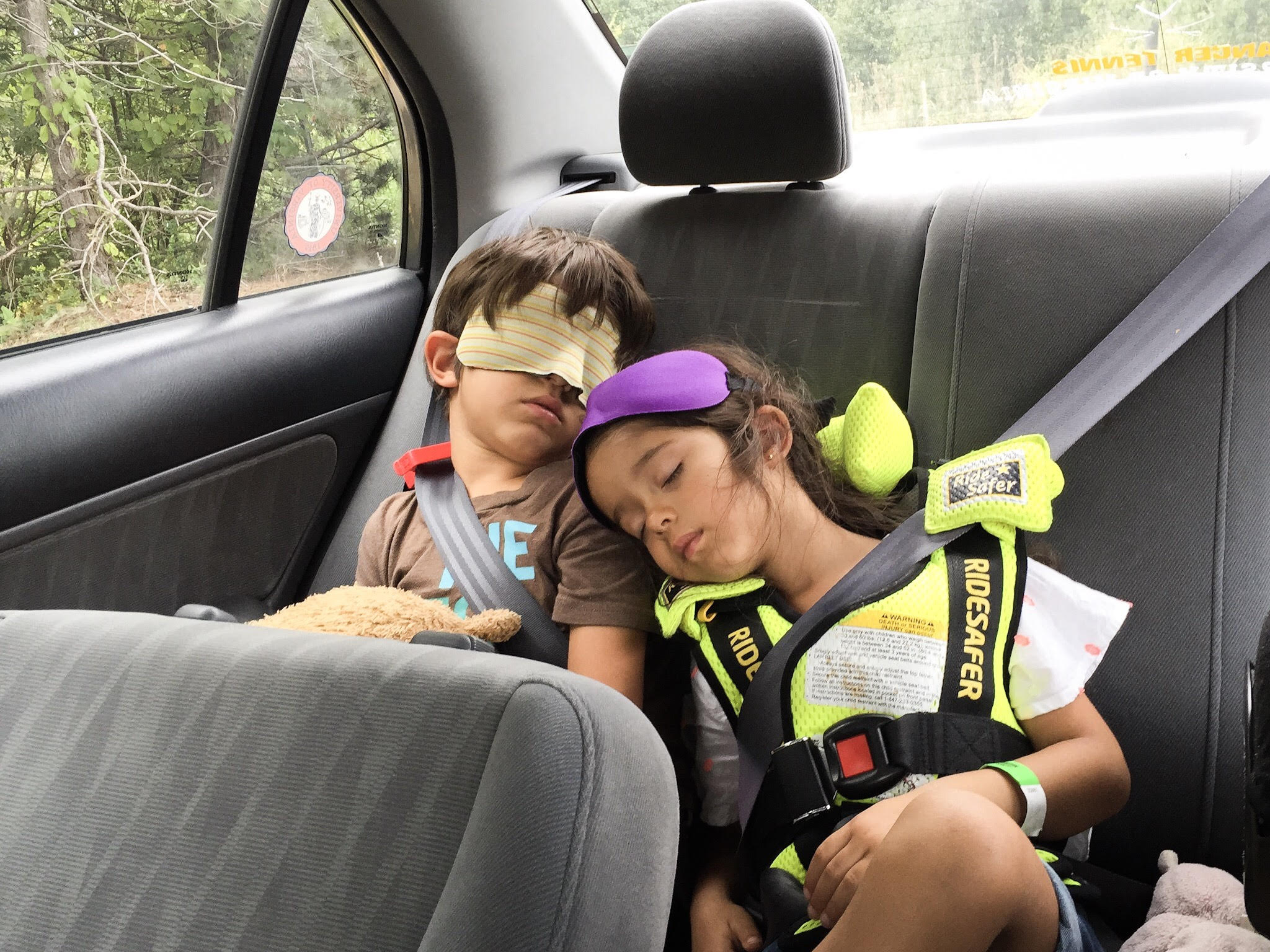
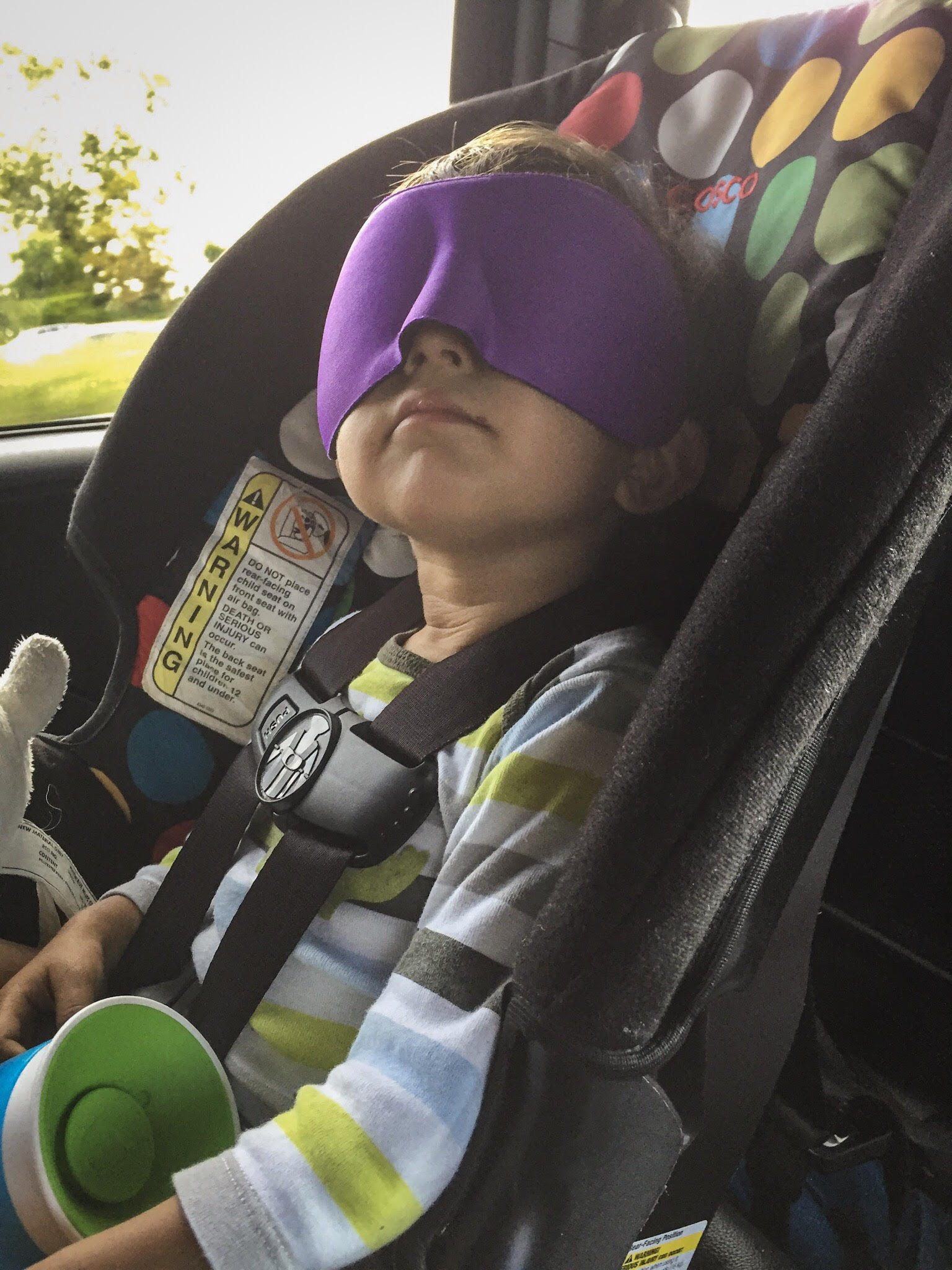
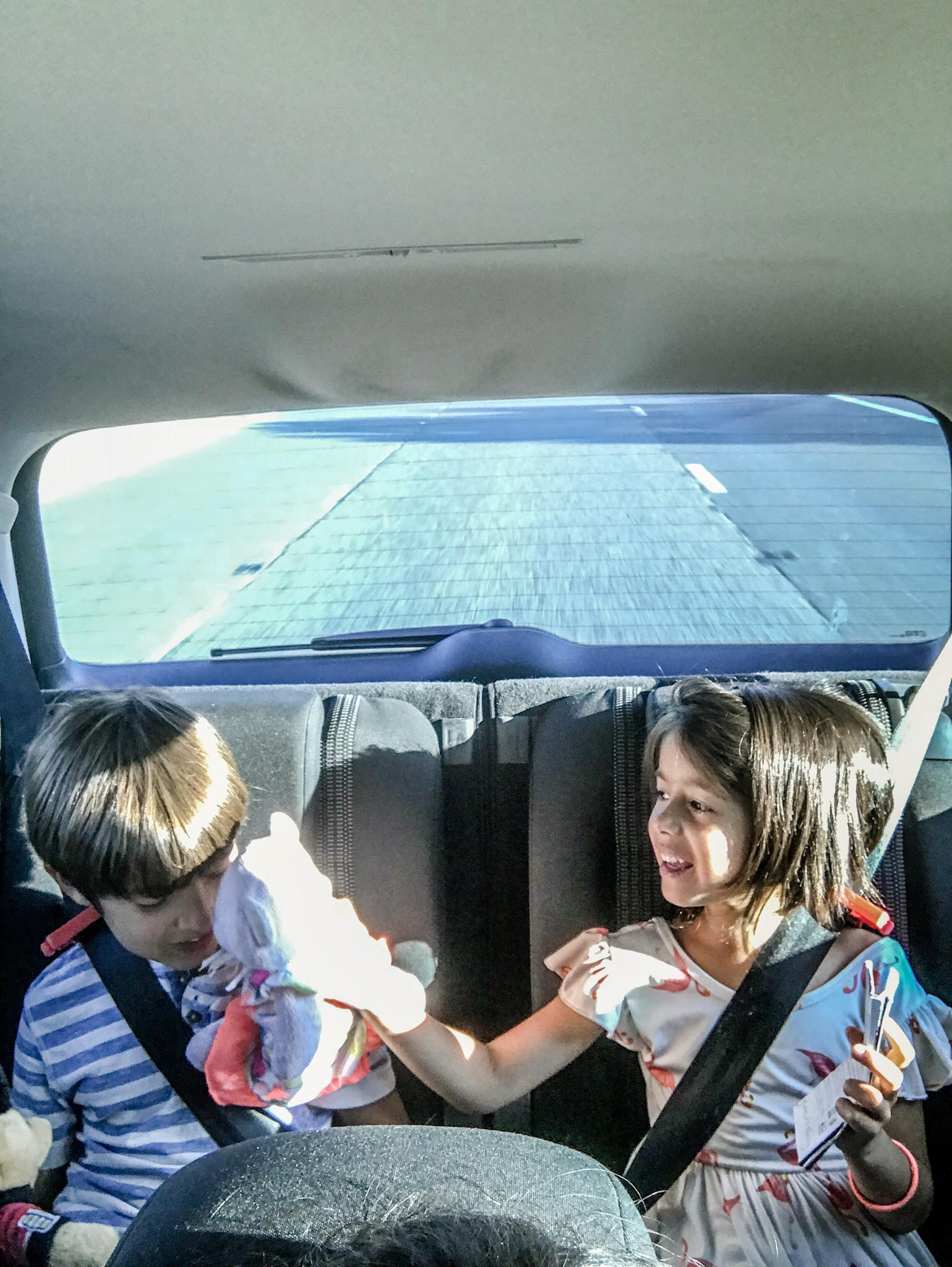
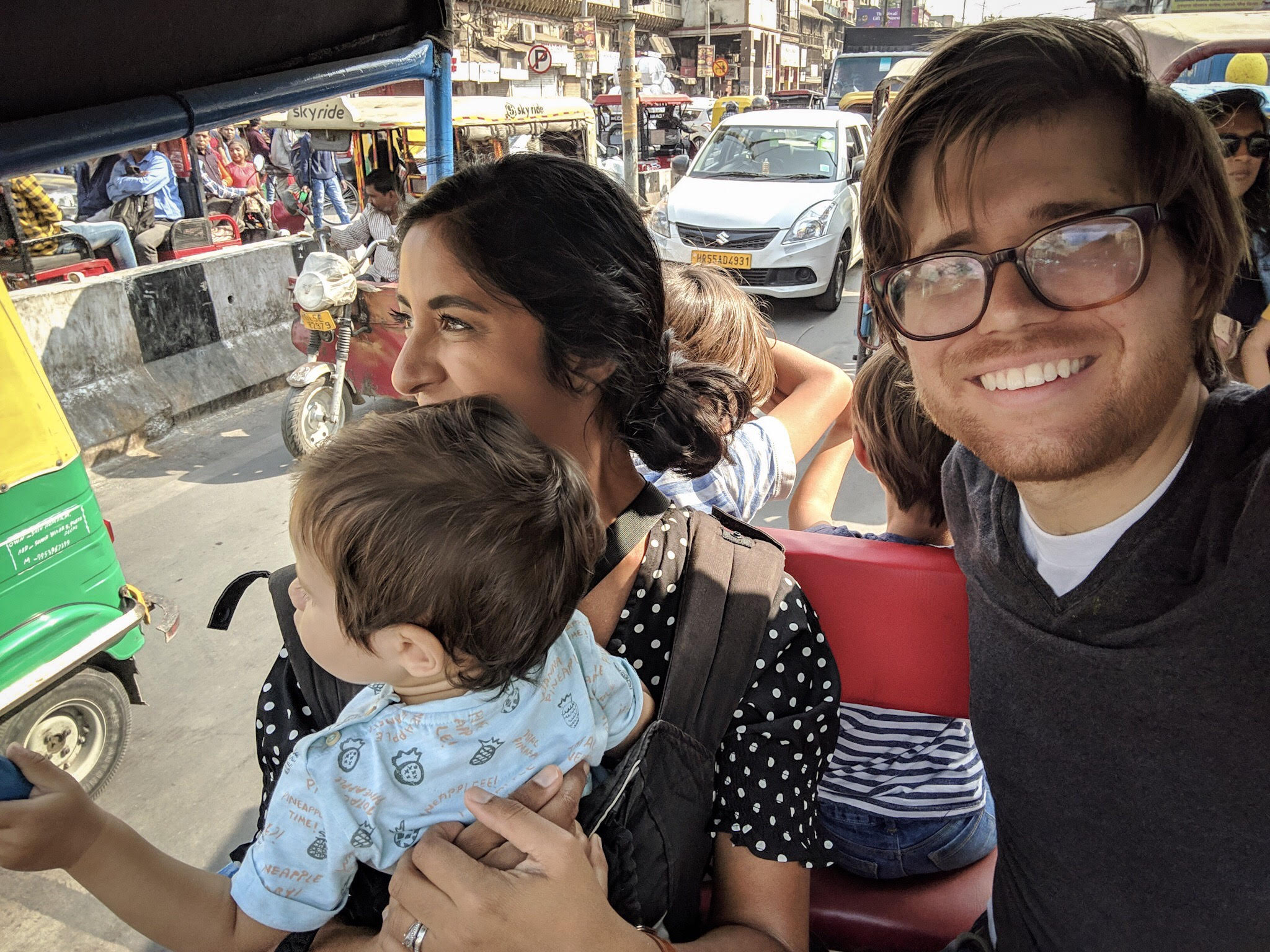
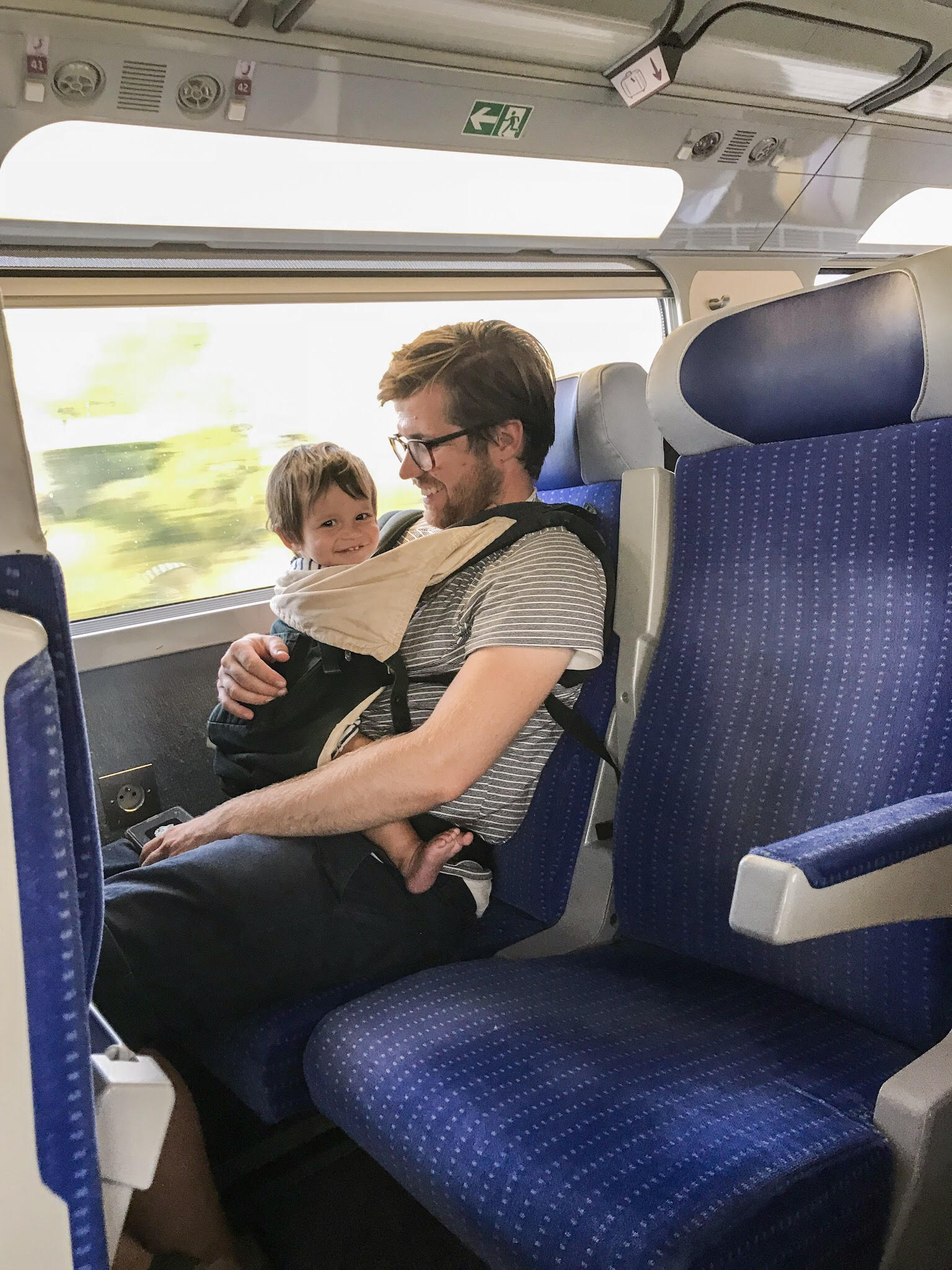
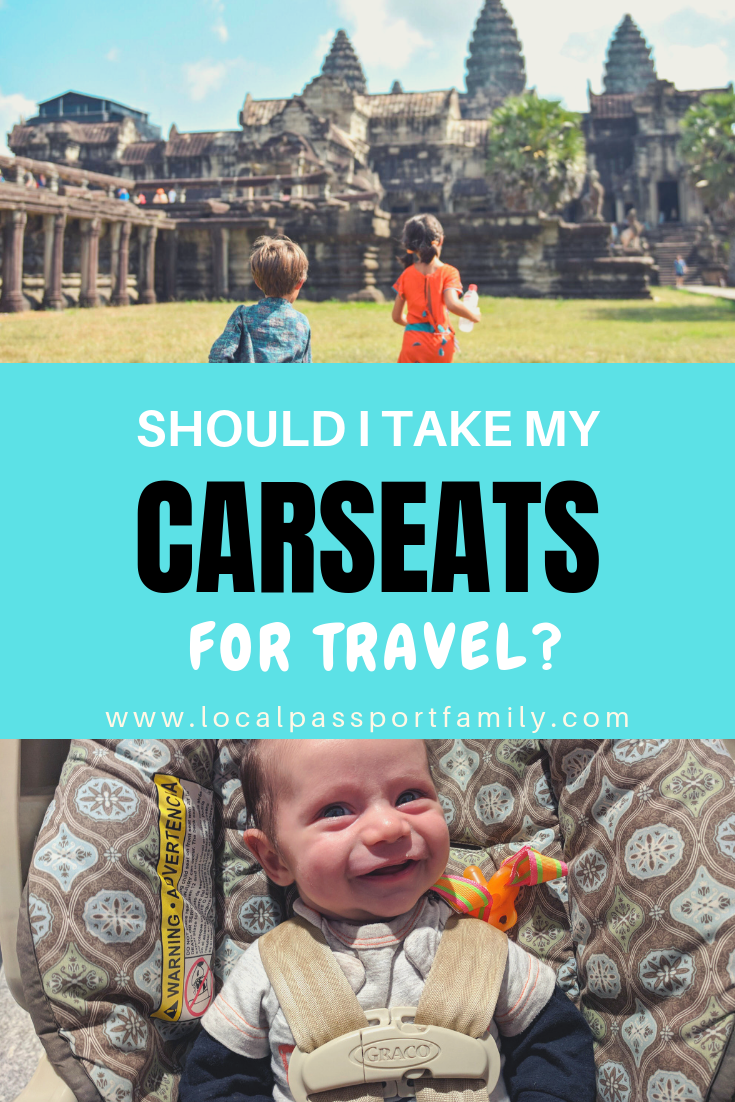









[…] Part 1/3 on whether and when to bring your own carseat for travel and which ones to take. Continue to Part […]
[…] Part 1/3 on whether and when to bring your own carseat for travel and which ones to take. Keep reading Part […]
[…] READ HERE FOR WHICH AND WHEN TO TAKE A CARSEAT FOR TRAVEL […]
[…] If you need more info, you can read lots more about taking along a carseat for travel. […]
[…] If you need more info, you can read lots more about taking along a carseat for travel. […]
[…] Renting a car can sometimes be really reasonably priced, as well. They also allow you to stay at accommodations that might be further from the center of town (and often less expensive). Plus, you only have to pay one flat fee even if you use every seat! Be sure to check if your credit card covers any of the insurance. You’ll also need to determine if it’s better to bring your own car seat if needed or rent one there. (Should I bring my car seat while traveling with kids?) […]
[…] Which car seat to take for travel […]
[…] the egress of other passengers in the event of an emergency. Here’s some more info on the best car seats for travel with […]
[…] Car seats and/or booster seats (all about our favorite car seats for travel) […]
[…] Here’s more info on all the child restraints we pack when flying with kids. […]
[…] can provide invaluable advice so it’s great to check in with them. Here’s more on the car seats for travel that we […]
[…] Here’s more info about which car seats we take. […]
[…] If you do take your car seat on board, be sure to double check in advance that your car seat is FAA approved. Here are the car seats we use for travel. […]
[…] Instead, a 5-point harness is a safer option when road tripping with toddlers. If your child has outgrown a 5-point harness, a high-back booster or this booster Ride Safer Vest are great options that keep them in better positioning. (Here are our favorite travel car seats.) […]
[…] car seats for air travel/car seat approved for airplanes or booster seat on airplane, check out this post, this one, and this […]